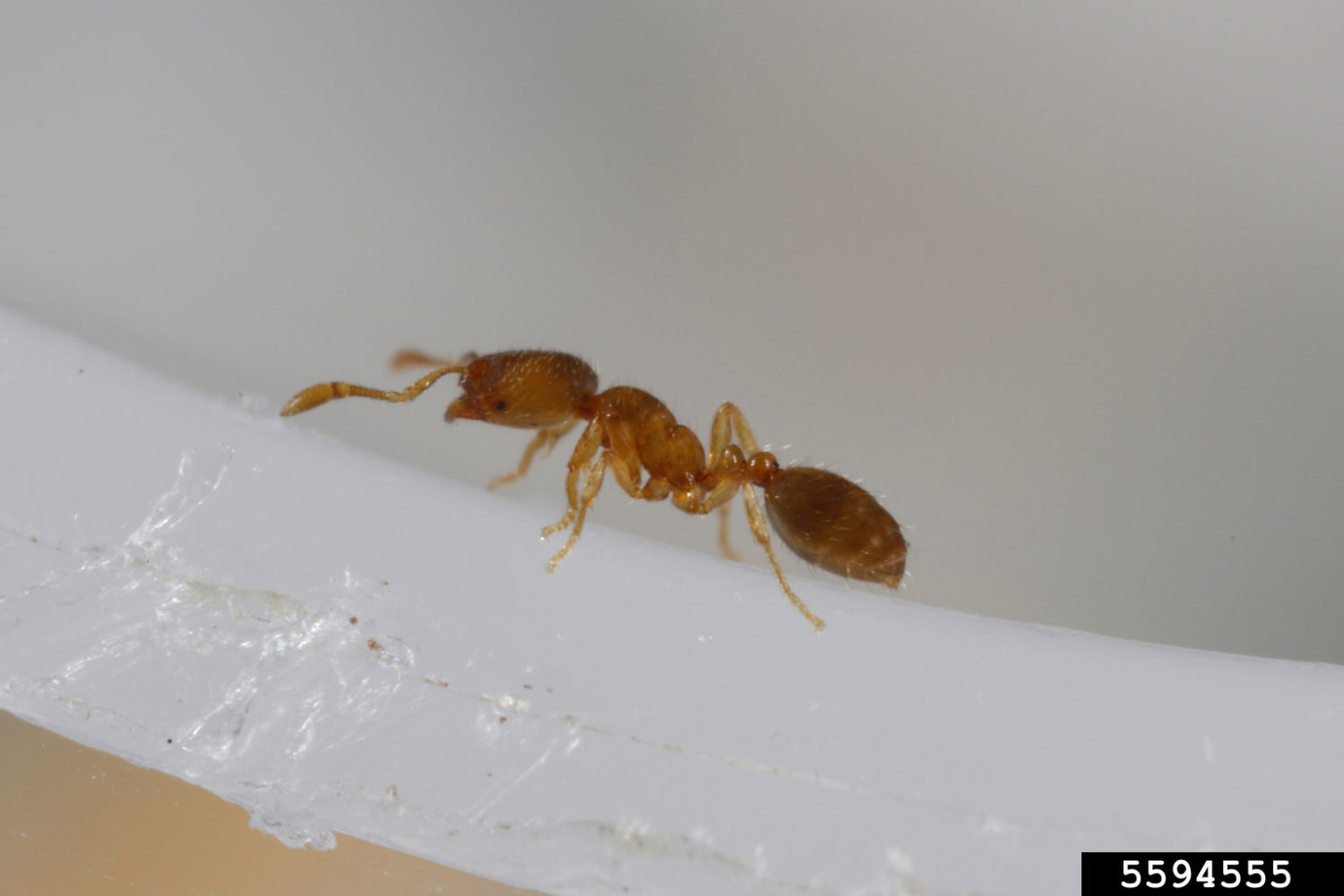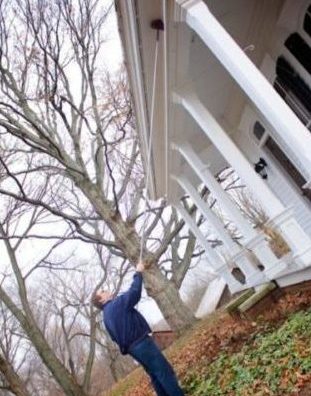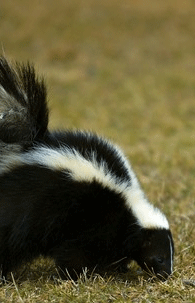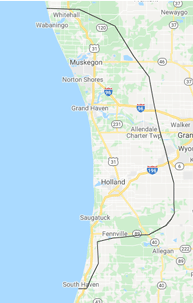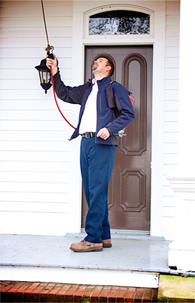Common Ants
Allegheny Mound Ants
Allegheny mound ant workers are about 1/4” to1/8” long with a reddish brown head and thorax and a dark brown to black abdomen. These ants nest in mounds and leaf piles in fields and wooded areas. These mounds can get quite large. Sometimes these ants are mistaken for fire ants as they are aggressive and will bite when they are disturbed. They typically do not enter homes but can be found foraging around doors, patios, and decks. Locating and treating the mounds directly is key for control. (Image © S. VanDine)
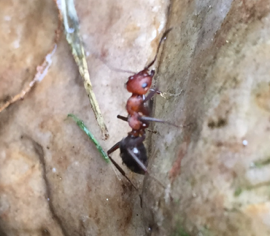
Crazy Ants
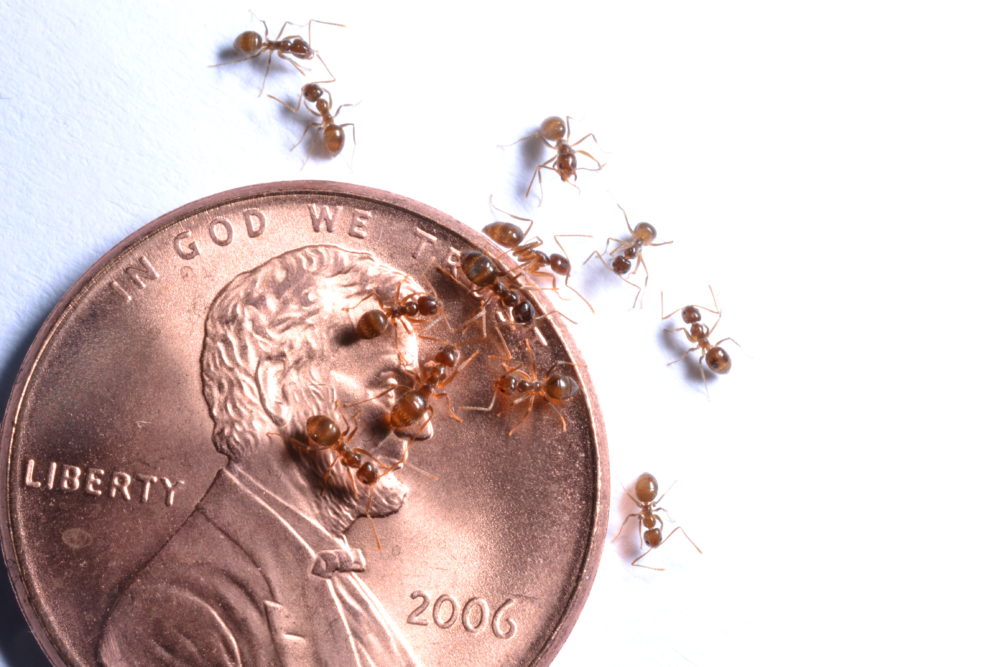
Little Black Ants
These ants are small about 1/16” long and black. They nest in decaying wood and masonry. They feed on grease, meats, fruit, vegetables, and sweets. Careful baiting with professional materials works best to control this species. (iStock.com/Rahmat M Pandi)
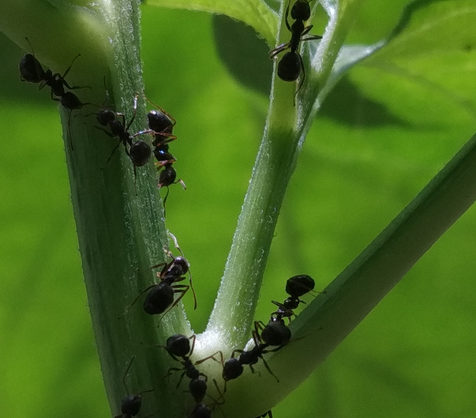
Carpenter Ants
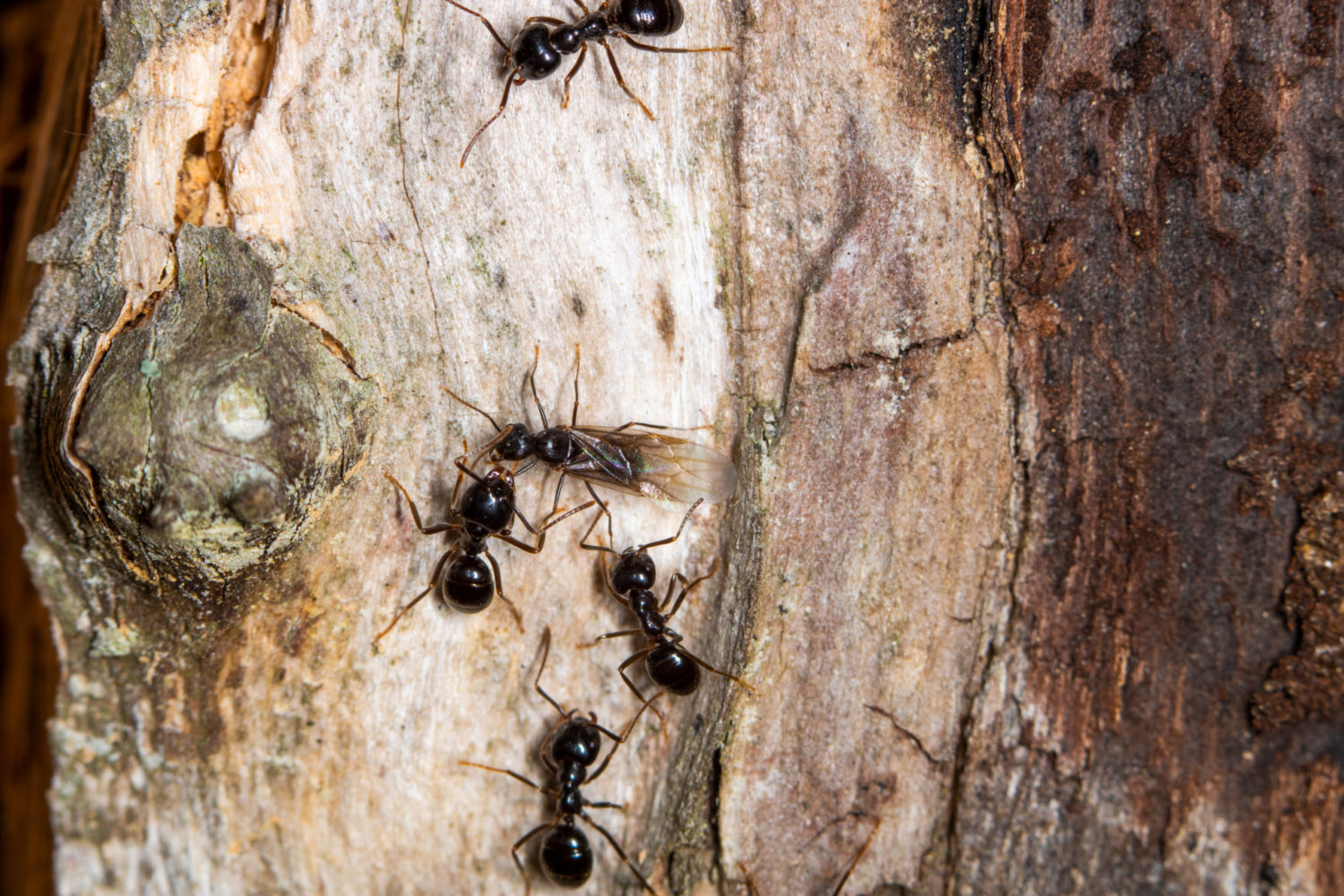
Odorous House Ants
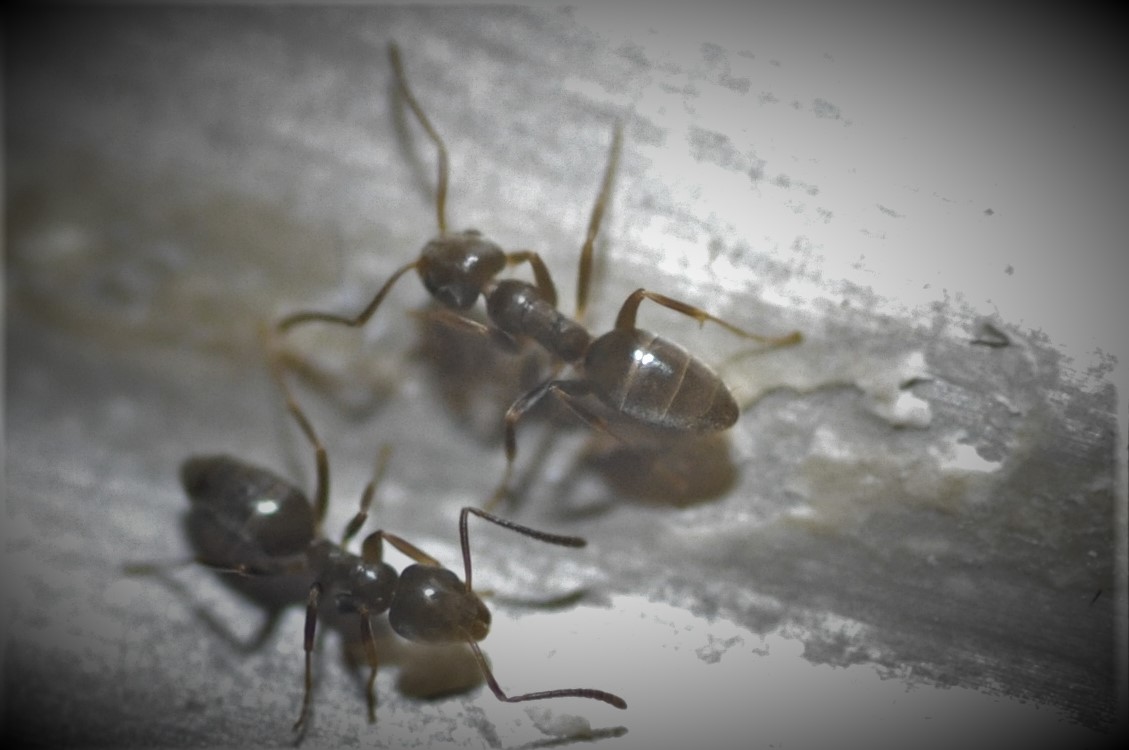
Pavement Ants
These ants are about 1/16” to 1/8” long with a light brown to black body. These ants are usually found at ground level coming up around vents in floors, coming in around thresholds, or coming up through cracks in slab floors. Baits or residual insecticides work well to control these ants. (Image © Joesph Berger, Bugwood.org)
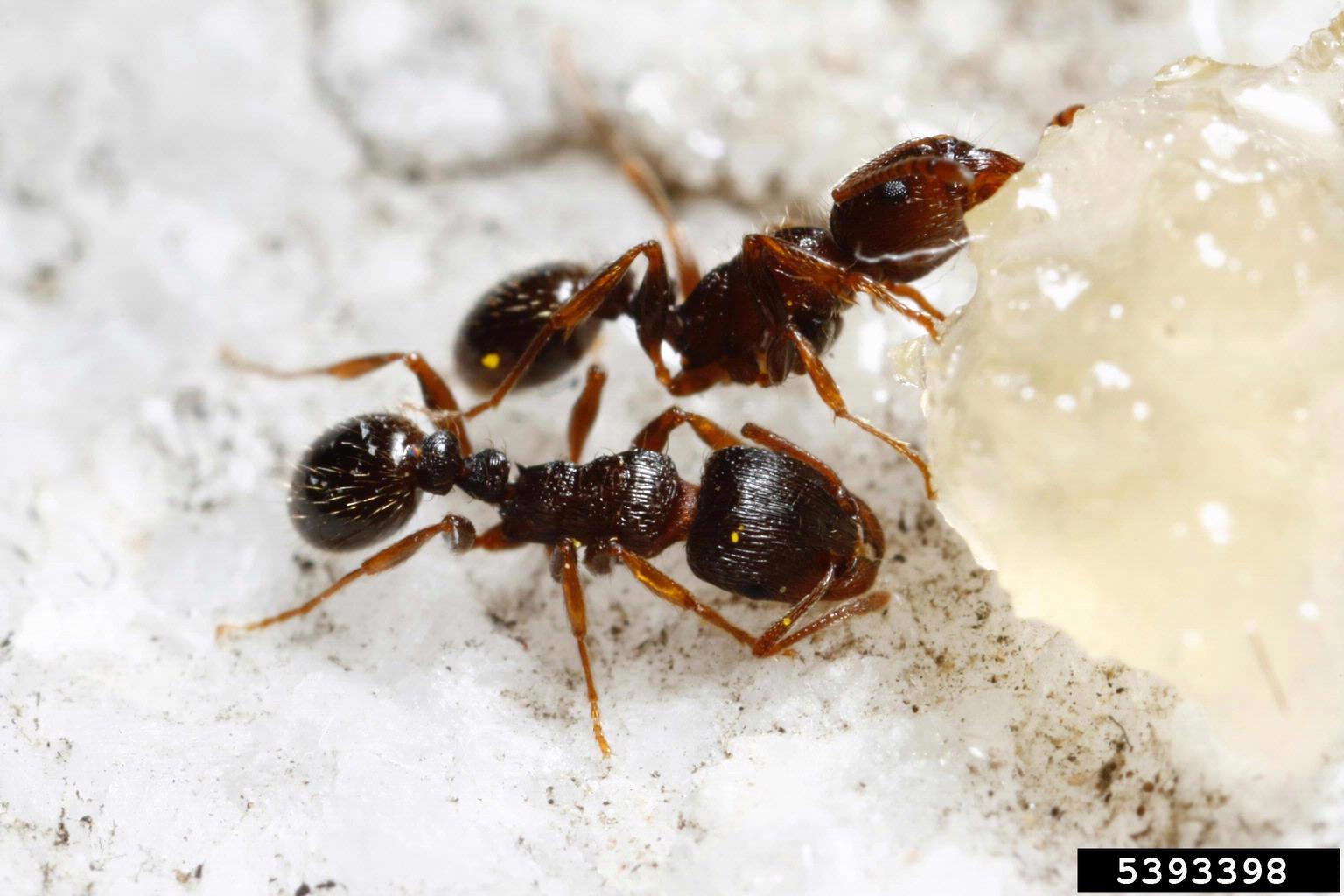
Pharaoh Ants
Workers are very small about 1/16” long and very pale in color. These ants are the most difficult to control in a building. The colonies are very large, usually in the thousands. New nests may be formed with a queen and a few workers from the original nest. This is called “budding”. If you think you have pharaoh ants, do not treat these ants yourself. Treating these ants with a repellant insecticide will cause the nest to “bud” into several colonies. Baiting is the best method of control and this has to be done with caution. If the foraging ants are disturbed with the bait or bait stations, this may cause the colony to “bud” leaving you with a bigger problem. So if you think you have pharaoh ants, do not treat them; call us. (iStock.com/Suman Ghosh)
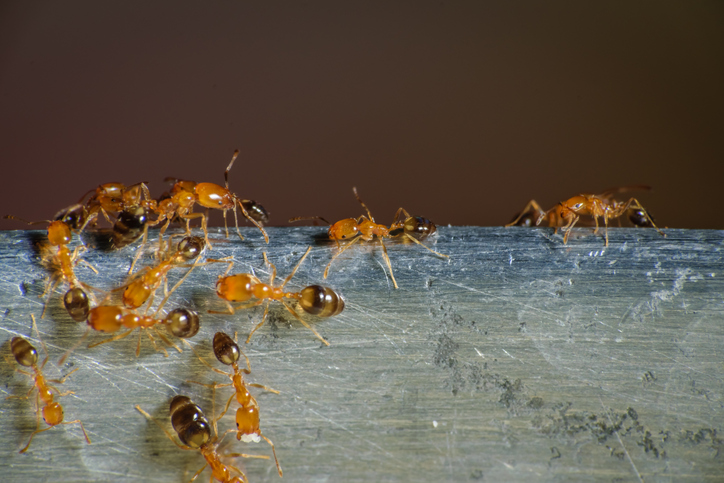
Thief Ants
Thief ants are small, about 1/16” long. The body is yellowish to dark brown in color. They have a habit of going into nearby ant colonies and robbing them of food and larvae. They are also known for feeding on dead rodents. They will nest in woodwork and masonry and will forage in trails looking for food. Baiting is a very effective control measure. (Image © Joesph Berger, Bugwood.org )
